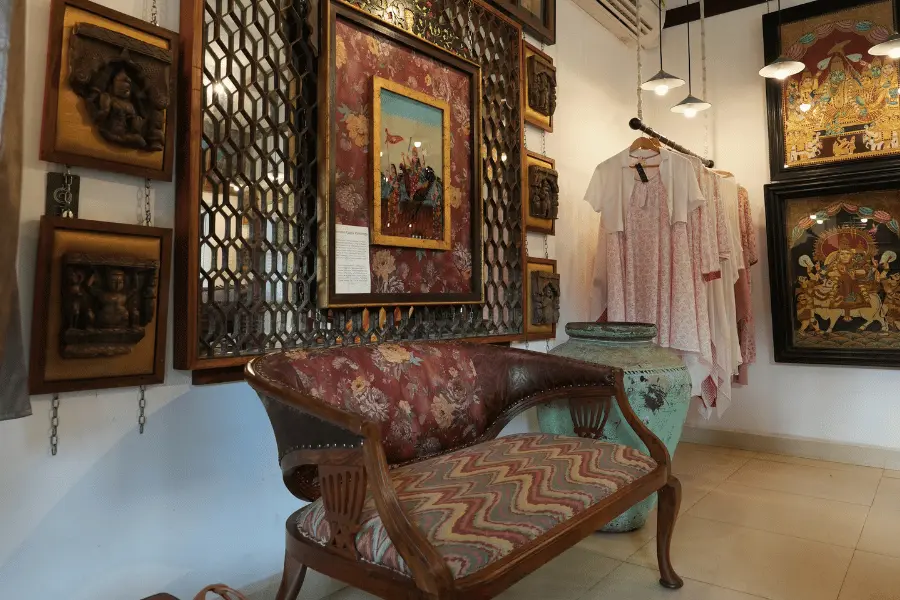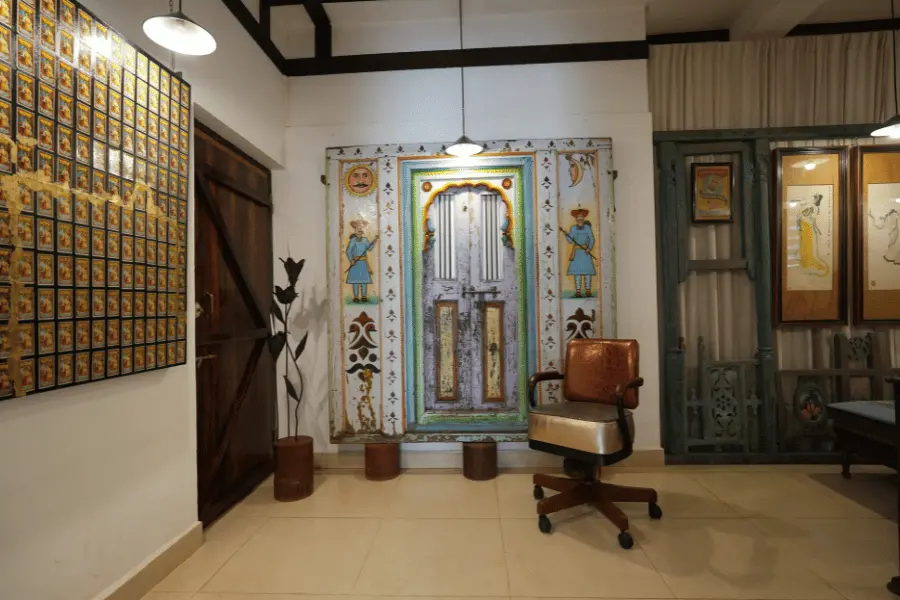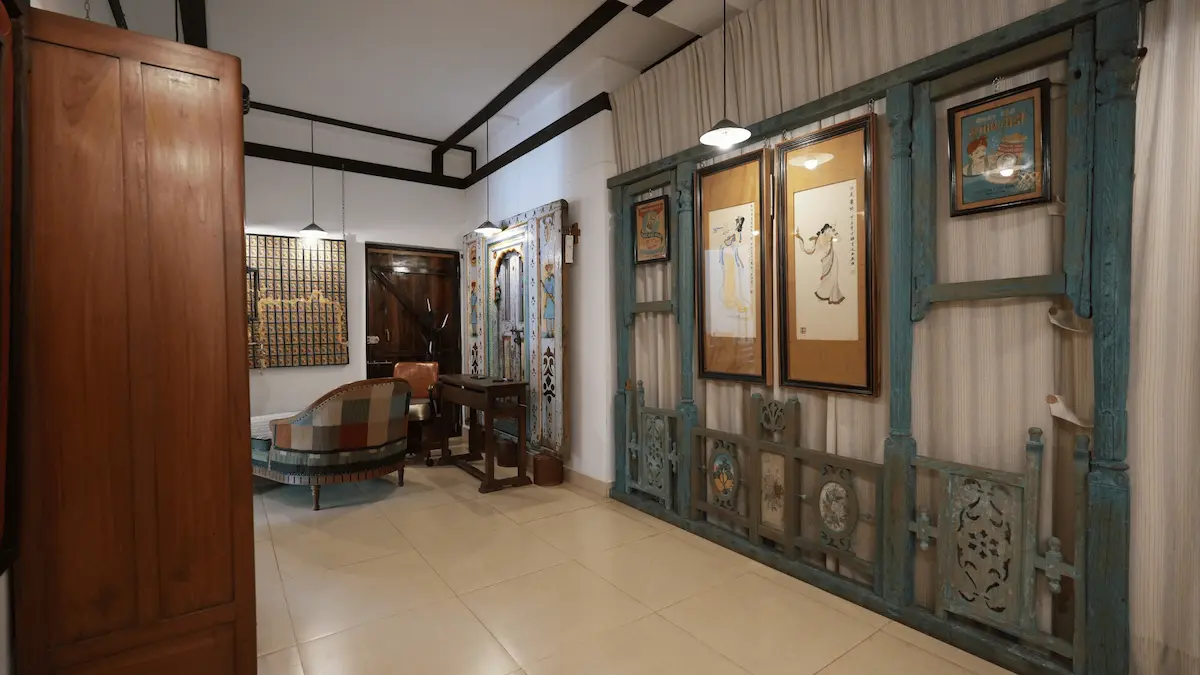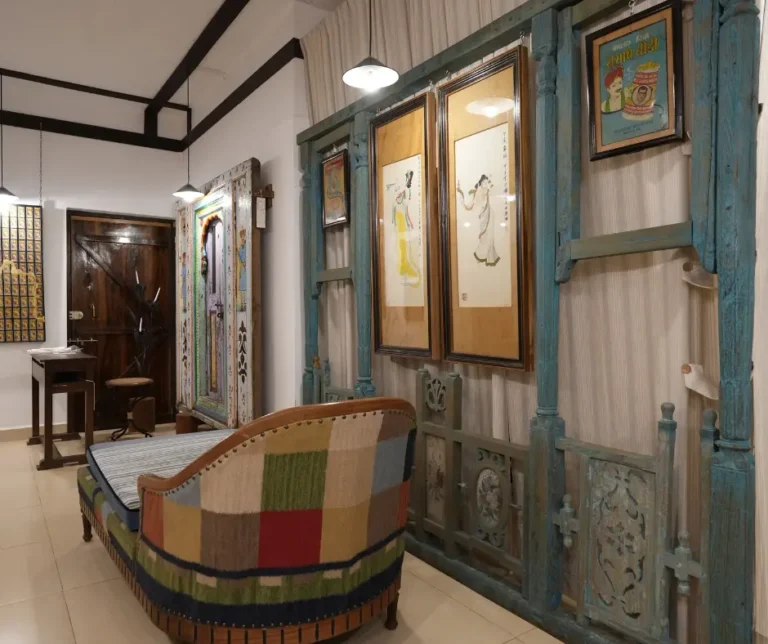In compact hospitality environments, design has to do more with less. There’s no space for filler, and no room for design decisions without purpose. Every material, layout choice, and finishing detail contributes to how the space performs and how it feels. That’s where curated interiors make a real difference. They create clarity, coherence, and identity.
At Circa Warehouse, every small hotel interior design project is approached with one goal: to create refined, character-driven spaces that feel grounded, functional, and quietly expressive. Design here isn’t a layer added on top, it’s part of the structure, the experience, and the story.
Clarity in Layout and Flow
In smaller properties, the layout becomes a framework for comfort. The way a guest moves through a room or from one zone to another defines their experience of space. A compact room doesn’t need to feel restrictive, it just needs thoughtful planning.
That means designing clear circulation paths, avoiding visual clutter, and using zoning techniques like lighting variation, elevation shifts, or material transitions. The arrangement of furniture is not just aesthetic; it serves to guide use, suggest privacy, and allow for flexibility. Entryways, sleeping areas, and work or lounge corners can be defined without walls and still feel distinct.
When flow is smooth and intuitive, the space feels larger and more welcoming. This kind of spatial logic sits at the heart of good small hotel interior design.
Materials That Add Meaning

In high-traffic environments, material selection is often driven by performance but in boutique hotels, materials also carry the emotional weight of the space. They define how a place feels, and they create the connection between the architecture and the guest experience.
At Circa, material palettes are chosen not just for durability, but for tone and tactility. Natural wood introduces warmth. Stone adds permanence. Woven textiles soften hard edges. Hand-applied finishes lend authenticity. These aren’t just decorative decisions they ground the design in context.
For hotels with a cultural or local narrative, materiality is one of the most honest ways to express it. Whether it’s a reference to the region, the building’s history, or a specific visual identity, materials become the subtle language of storytelling.
Balance Between Practical and Personal
A room may be small, but it still needs to support the full rhythm of a guest’s stay sleep, work, unpacking, relaxing, preparing. This requires durable, functional elements: built-in storage that doesn’t dominate the space, easy-to-maintain surfaces, and smart lighting that shifts between ambient and task modes.
But beyond function, there has to be personality. That might come through a custom headboard, a hand-picked chair, or locally sourced artwork. These touches ensure the space doesn’t feel anonymous. Instead, it feels curated, like someone paid attention.
Effective small hotel interior design finds that middle ground. The space performs, but it also connects. It feels considered, not generic. And that’s what guests remember.
Consistency Without Repetition

Designing multiple rooms within a small hotel offers the chance to create variety — but too much variation leads to visual noise. On the other hand, strict repetition can make the experience feel predictable or flat.
The goal is consistency in mood and intention, not duplication. That might mean using the same materials across all rooms, but in different applications. Or maintaining a unified colour story, while shifting how it’s expressed maybe through tile in one space, and upholstery in another.
Public areas, corridors, guest rooms they all tell the same story, but with slight shifts in tone. When done right, this subtle continuity gives a property its identity, without making each room feel like a carbon copy of the last.
Design as Brand Expression

Design doesn’t sit outside of a brand, it is the brand, especially in the context of smaller hotels. Guests often interact with the interior before they ever speak to a staff member or visit the website. That first impression is formed through space, material, proportion, and comfort.
There’s no need for heavy-handed branding or loud gestures. A clear spatial narrative, a refined material language, and a sense of restraint do more to shape the guest’s perception than a logo ever could.
That’s why small hotel interior design deserves the same attention and precision as larger-scale projects, if not more. The impact is intimate, immediate, and long-lasting.
A Circa Approach
At Circa Warehouse, the focus is on interiors that don’t try too hard, they just work. The design process centres on material honesty, clean detailing, and spatial clarity. Nothing is over-decorated, and nothing is under-thought.
Each project reflects a deep respect for the architecture, the context, and the people who will live, work, or stay within it. Even in the most compact footprint, good design can create a space that feels open, relaxed, and memorable.That’s the value of well-executed small hotel interior design simple, functional, and meaningful.




